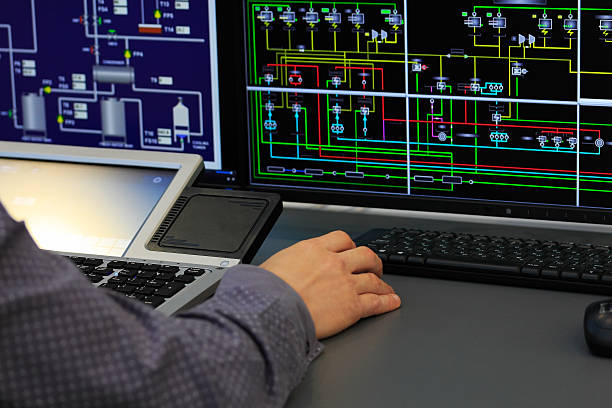In current decades, barcode scanning has actually come to be a cost-effective data record innovation for improving processes in practically every industry as well as market. Low-priced scanning solutions enhance performance as well as reliability in a vast array of business tasks as well as supply benefits such as increased performance, boosted task effectiveness, and reduced functional expenses.
Barcode Technology Integrated With Info Systems Can Minimize the Initiative of Handling Physical Items
When incorporated right into a details system, barcoding enables companies to track goods and execute stock administration, Asset tracking as well as field information collection. Supply can be resolved in a portion of the time required for that of hand-operated procedures. Key possessions can be tracked by the location where they have actually been moved to or by the workers that have actually checked them out. Information collection can be done with fewer errors and also barcoding supplies extra accurate information while saving both time as well as prices.
Integrated with data-collection modern technology, bar codes offer a fast, precise, as well as reliable ways to collect, procedure, transfer, document and manage data in a range of industries consisting of retail, storehouse administration, clinical devices tracking, building and construction site tools monitoring, hefty equipment inspections (cranes, forklift), fire extinguisher inspections as well as emergency alarm testing as well as examinations.
Tracking stock by hand is a laborious procedure. With barcodes put on each product in supply, mobile scanners can be utilized. Barcode stock control offers exact, real-time supply updates. This permits a business the opportunity to lower supply degrees and thereby decrease carrying costs. It also decreases the moment required to accumulate information for objectives such as yearly inventories. With improved effectiveness, running expenses are reduced.
Reduced price is one of the most evident advantage of barcode data collection. Oftentimes, this cost savings alone is enough validation for applying such a system. Minimized revenue losses arising from data collection errors can nonetheless exceed the cost savings in labor prices.
Although hard to measure, boosted monitoring and also much better decision making because of automated information collection innovation could be the most effective advantage of a barcode system. Managed Mobility A barcode system can quickly gather details that would certainly be difficult or impossible to gather in other methods. This enables supervisors to make completely notified decisions that can influence the instructions of a department or firm. Faster access to details goes hand in hand with better decision-making.
A Broad Variety Of Barcode Types Exist to Fulfill the Demands of Several Industries
A barcode is an optical machine-readable representation of data. The mapping between barcodes and also the data that the barcode stands for is called a symbology. The 3 key classifications of symbologies are straight (1D), piled and matrix (2D). One of the most typical barcodes represent data in the sizes as well as the spacings of parallel lines, as well as are described as linear or 1D (1 dimensional) barcodes or symbologies. Linear barcodes are one dimensional, implying that the distinct details remains in the horizontal plane and also the very same info is repeated vertically. The heights of the bars can be trimmed with no shed of details. This enables a symbol with printing defects, such as places or voids, to still read. The greater the bar elevations, the more possibility that a minimum of one path along the bar code will be legible.
There are a variety of 1D symbologies: UPC (numerical codes found on retail merchandise), Code 39 (numerical, uppercase letters and also 7 special personalities) as well as Code 128 (all 128 ASCII personalities) are three of the more prominent.
Stacked barcodes are a set of direct bar codes piled on top of each other. An example of a stacked symbology is the PDF417 format used on airline boarding passes.




